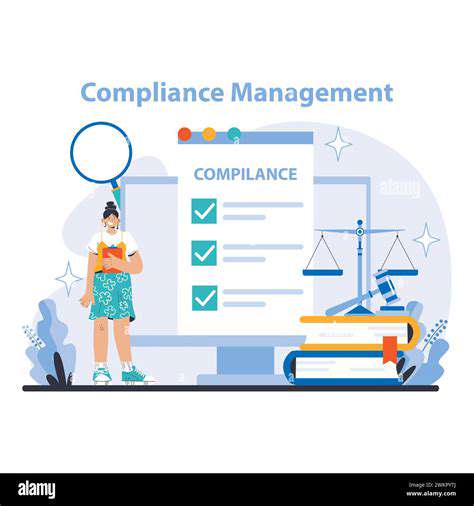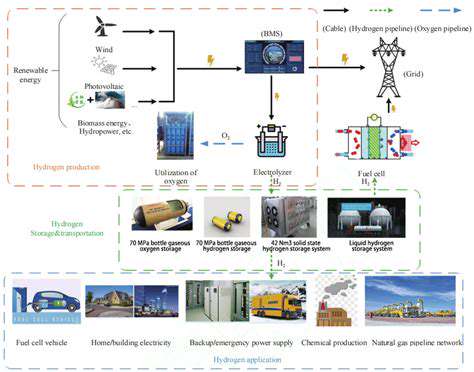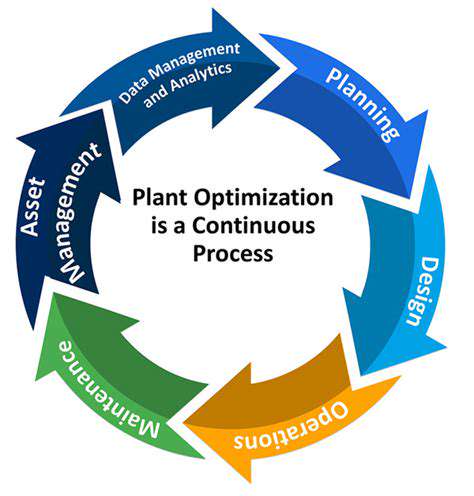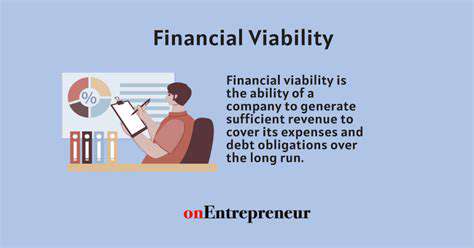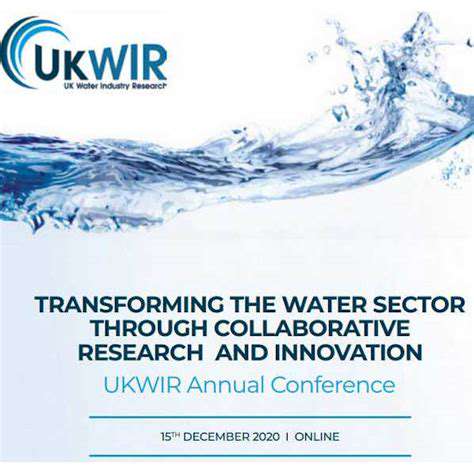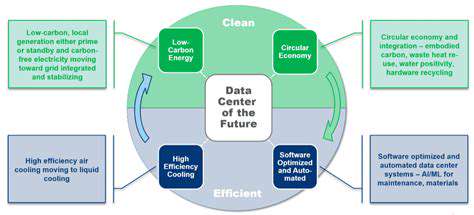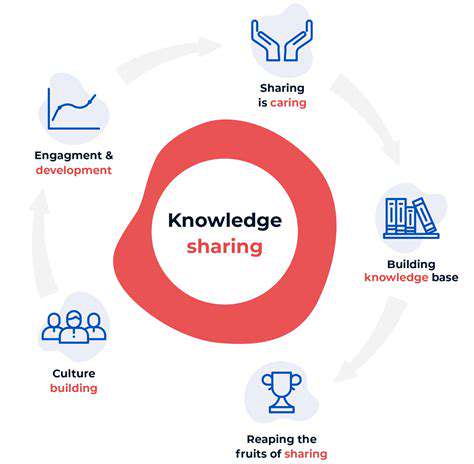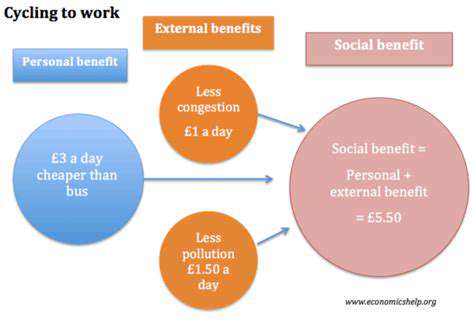Renewable Energy and Regenerative Agriculture Synergies
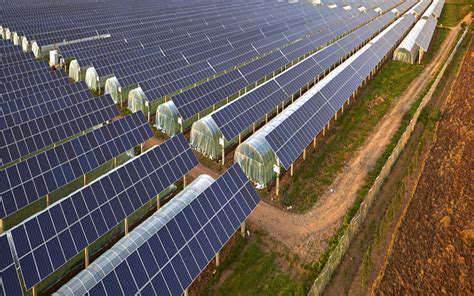
The Sun's Bounty: Solar Solutions for Farm Operations
Across rural landscapes, farmers are discovering the untapped potential of sunlight. Modern agricultural operations increasingly incorporate photovoltaic systems in creative ways - mounted on barn roofs, suspended above crops as shade structures, or even floating on irrigation ponds. These installations don't just generate clean electricity; they create new revenue streams through net metering programs while protecting soil moisture through strategic shading. While upfront costs remain a consideration, innovative financing models like power purchase agreements are making solar accessible to operations of all sizes.
The distributed nature of solar generation offers particular advantages for remote farming operations. By eliminating lengthy transmission lines, farmers gain energy independence while reducing the 6-8% power losses typical in grid distribution systems. Recent breakthroughs in bifacial panel technology and solar tracking systems now deliver 15-20% greater output from the same footprint, accelerating payback periods.
Capturing the Breeze: Wind Power Integration
Agricultural properties often occupy the windy corridors ideal for turbine placement. Modern vertical-axis turbines now complement traditional horizontal designs, offering lower noise profiles and better performance in turbulent conditions. Farmers report dual benefits - consistent power generation alongside continued full use of the land beneath for grazing or crops.
Strategic turbine placement creates microclimates that can reduce soil erosion while maintaining airflow patterns crucial for crop health. New blade designs incorporating biomimicry principles achieve higher efficiencies at lower rotational speeds, minimizing wildlife impacts. Community wind cooperatives are emerging as a popular model, allowing multiple farms to share infrastructure costs.
Water's Hidden Potential: Hydropower Innovations
Forward-thinking growers are rediscovering ancient water management techniques with modern twists. Small-scale hydro systems now incorporate fish-friendly turbines that maintain aquatic ecosystems while generating power. Seasonal water flow variations are addressed through hybrid systems that combine hydro with other renewables, ensuring year-round reliability.
Closing the Loop: Biomass Energy Systems
Agricultural waste streams are being transformed from disposal challenges to valuable assets. Advanced anaerobic digesters now process diverse feedstocks - from livestock manure to crop residues - with significantly higher methane yields. The resulting digestate provides superior organic fertilizer, completing a virtuous cycle that boosts soil health while displacing synthetic inputs.
Modular gasification units allow smaller operations to convert woody biomass into syngas for heating or power generation without the scale requirements of traditional systems. These distributed solutions help maintain nutrient cycles on-farm while providing resilience against energy price volatility.
Earth's Inner Heat: Geothermal Applications
While geographically limited, geothermal solutions offer unique advantages where available. Ground-source heat pumps now provide precise climate control for high-value greenhouse operations at a fraction of conventional heating costs. Some dairy farms utilize geothermal fluids directly for milk parlor sanitation, demonstrating the technology's versatility.
Energy Synergies in Regenerative Farming Systems
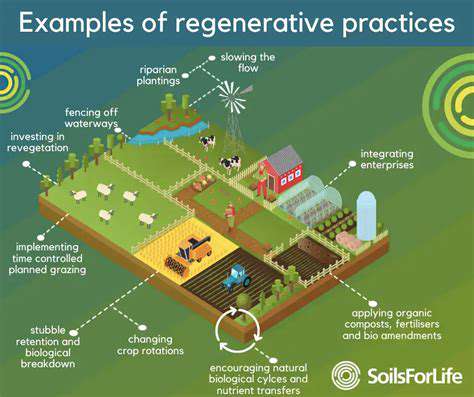
Precision Energy Management in Sustainable Agriculture
The most successful regenerative operations treat energy as carefully as they manage water or nutrients. Smart microgrids now integrate multiple renewable sources with battery storage and predictive load management, achieving 90%+ renewable penetration. These systems dynamically adjust to weather patterns and operational demands, optimizing every kilowatt-hour.
Breakthroughs in edge computing allow real-time energy decisions at the field level. Soil moisture sensors now communicate directly with irrigation pumps and solar arrays, creating self-regulating systems that respond to plant needs while minimizing energy waste.
Equipment Selection for Maximum Efficiency
The transition to electric farm equipment represents more than just emissions reduction - it enables fundamentally more efficient operations. Electric motors deliver peak torque at all RPMs, outperforming diesel in most agricultural applications. Regenerative braking in electric tractors recaptures up to 30% of energy during implement lowering operations.
Lightweight composite materials are revolutionizing implement design. The latest tillage equipment achieves better soil penetration with 40% less draft force, directly translating to smaller power requirements and reduced soil compaction.
Adaptive Control Systems
Modern farms are becoming energy ecosystems where every component communicates. IoT-enabled devices now automatically shift operations to coincide with renewable generation peaks. Refrigerated storage facilities pre-chill during sunny afternoons, while autonomous equipment schedules fieldwork around optimal energy availability.
Machine learning algorithms analyze years of operational data to predict energy needs with remarkable accuracy. These systems automatically adjust setpoints and schedules based on weather forecasts, commodity prices, and equipment maintenance cycles.
Grid Integration Strategies
As farms become net energy producers, new business models emerge. Blockchain-enabled peer-to-peer energy trading allows farmers to sell excess power directly to neighbors, creating localized energy markets. Virtual power plants aggregate distributed renewable resources to provide grid stability services, generating additional revenue streams.
Advanced inverters now provide grid-forming capabilities, allowing farms to operate as self-sufficient microgrids during outages while seamlessly reintegrating when service is restored. These systems maintain perfect power quality while protecting sensitive agricultural processing equipment.

